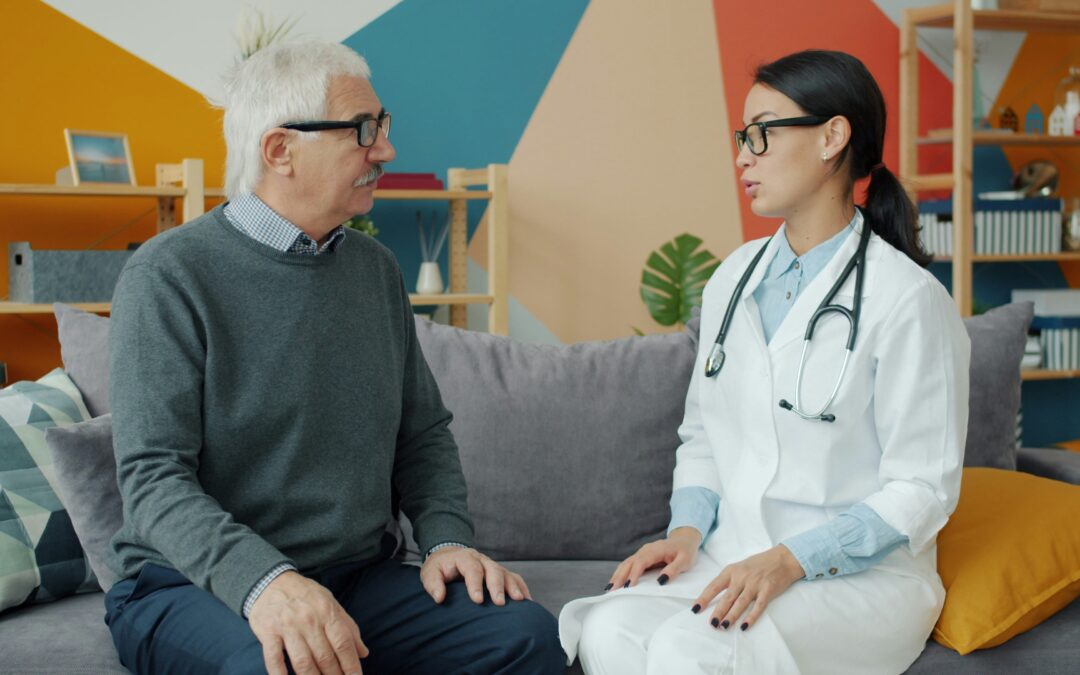Recent Posts

Rethinking aging to stay active and healthy
By Aïna Chalabaev, Grenoble Alpes University, France As outlined in a previous post, the health benefits of regular physical activity are well established for people aged 65 and over. Clear guidelines have been set by the World Health Organization on the amount and...

MyLifeTool: A person-centred, holistic approach to the self-management of long-term conditions
By Dr Stephanie Kılınç, Teesside University, UK and Jo Cole, the Tees Valley, Durham and North Yorkshire Neurological Alliance, UK Long-term conditions are a major concern for global health care systems given their high prevalence and disease burden, including their...

Above Water: Rethinking Drowning Prevention at All Levels
By Kyra Hamilton, Griffith University, Australia and Amy Peden, University of New South Wales, Australia Drowning is a leading, yet largely preventable, cause of death and injury that remains underrecognized. One common myth: drowning isn’t always fatal. The...
Download Our Free Practical Health Psychology E‑Book
Get research-backed answers to real-world questions about motivation, goal-setting, and behavior change—all in one free, practical e‑book.


